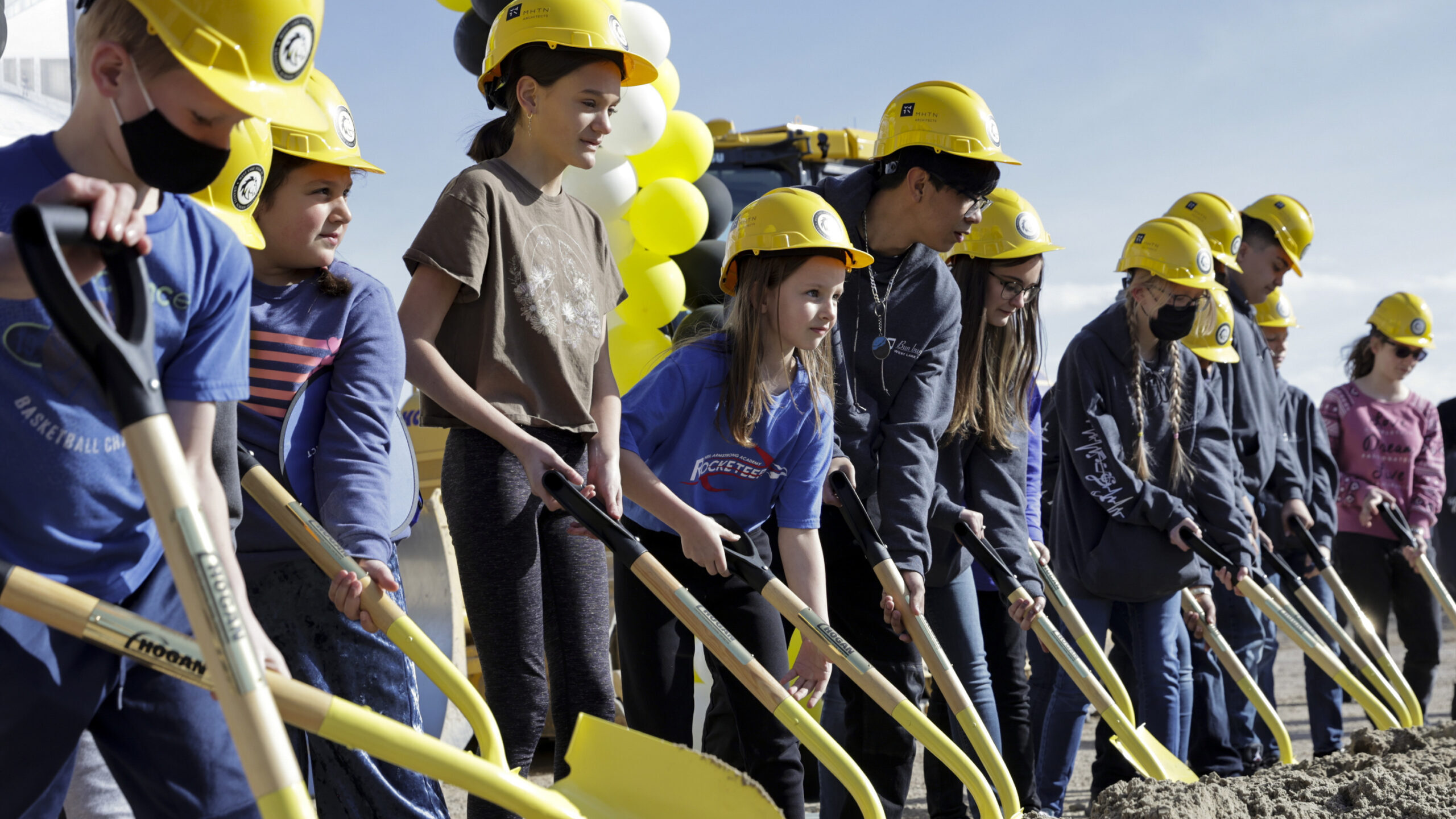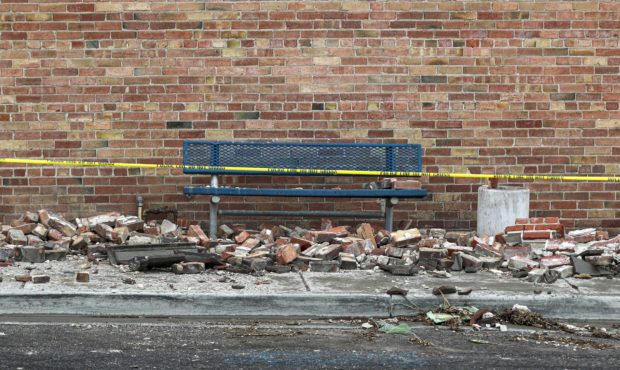NASA: Moon wobble to cause more Earth flooding in the future
Jul 19, 2021, 3:56 PM

NASA researchers say the "wobble" in the cycles of the moon may contribute to future flooding, especially along coastlines. Photo: Shutterstock
SALT LAKE CITY — Beginning in about 14 years, a “wobble” in the cycle of the moon, climate change and rising sea levels will combine to bring increased flooding to the coastlines in the United States and around the world, according to NASA’s ambassador to Utah.
In the mid-2030s, every U.S. coast will experience rapidly increasing high-tide floods, when a lunar cycle will amplify rising sea levels caused by climate change. The alignment of rising sea levels with a lunar cycle will cause coastal cities all around the U.S. to begin a decade of dramatic increases in flood numbers, starting in the mid-2030s, according to the first study that takes into account all known oceanic and astronomical causes for floods.
Moon controls Earth’s tides
Patrick Wiggins, NASA/Jet Propulsion Laboratory ambassador to Utah, joined KSL NewsRadio’s Dave & Dujanovic to talk about the coming moon “wobble” and more flooding in the United States.
The moon “wobble” apparently isn’t a new phenomenon. According to NASA, it was first recorded in 1728, as they noted in their study:
In half of the moon’s 18.6-year cycle, Earth’s regular daily tides are suppressed: High tides are lower than normal, and low tides are higher than normal. In the other half of the cycle, tides are amplified: High tides get higher, and low tides get lower.
How climate change and the moon “wobble” add up to future floods
Wiggins reminded listeners that climate change contributes to rising tides by melting glaciers and also that warm water takes up a greater volume than colder water.
“The articles that we’re looking at make it seem that this event that’s going to happen in the mid-2030s or into 2040 could be significant. How significant could it be?” asked guest host Greg Skordas.
“Well, you’ve seen already the low-lying areas like Bangladesh . . . They’ve already for some time now been having flooding,” Wiggins said.
Read more: Bangladesh: The nation learning to embrace flooding
Prediction vs. certainty
He pointed out that the NASA predicts flooding will start in the mid-2030s.
“They’re not ‘Yes, this is definitely going to happen, sort of thing,'” he said.
He added in the Beehive State we are high and dry, extra drought dry. But people who live along the coasts may want to reconsider where they live, building further inland or on higher ground.
“In Utah, we’re up in the mountains, not too much to worry about,” Wiggins said. “But those low-lying areas that that’s going to be a problem.”
“We know exactly when Halley’s comet is going to be back. We know exactly when we’re going to have the next full moon,” Skordas said. “This seems to be a little more vague . . . sometime in the mid- 2030s and maybe the 2040s. The lunar cycle is going to shift, and we’re going to see these drastic tide changes. Why don’t we know any more than that?”
Wiggins said if you read the NASA releases they are more subtle in making predictions.
“I have yet to see anything . . . authoritative, coming right out and saying, ‘This is going to happen.'”
Dave & Dujanovic can be heard weekdays from 9 a.m. to noon. on KSL NewsRadio. Users can find the show on the KSL NewsRadio website and app, a.s well as Apple Podcasts and Google Play.













